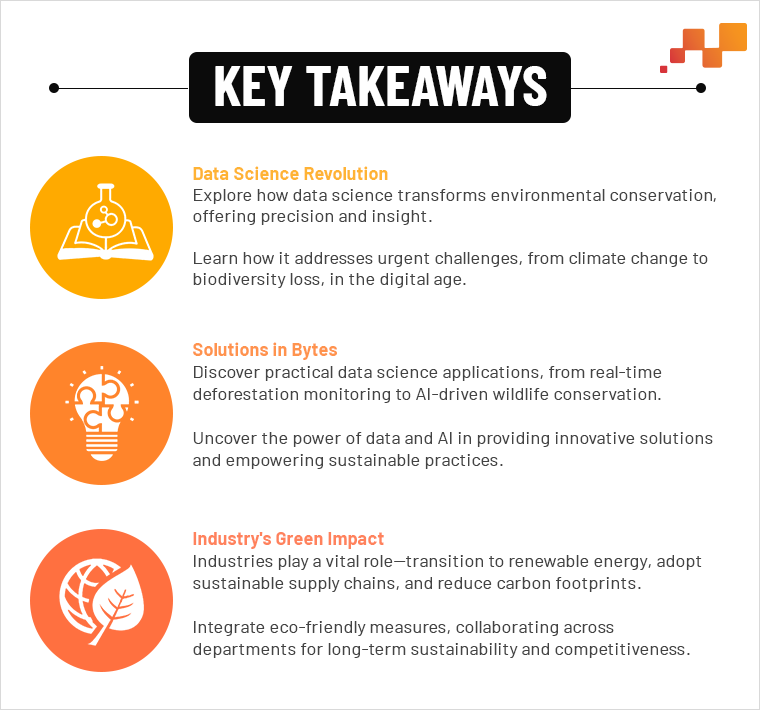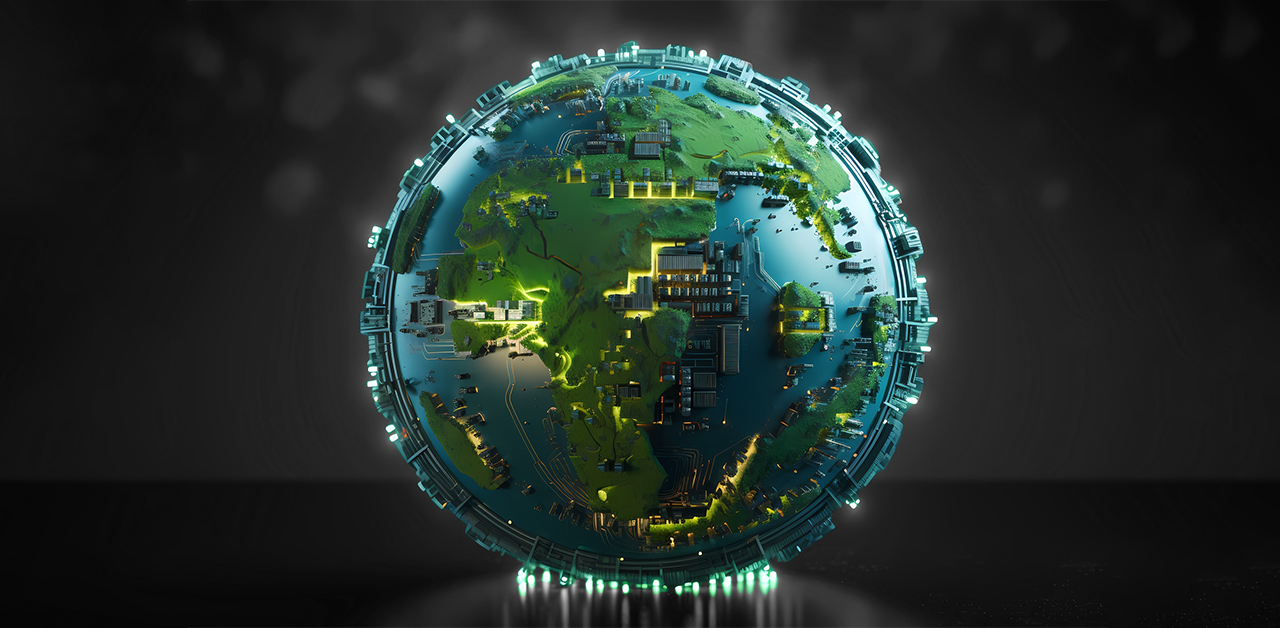Preserving Nature in Bytes
In an era dominated by technological advancements and digital innovations, the conservation of our planet has found an unexpected ally: data science. As we grapple with unprecedented environmental challenges, the marriage of nature and technology has given rise to a potent force – one that holds the promise of transforming how we perceive, understand, and ultimately preserve our delicate ecosystems. In this digital age, where information is key, the role of data science in environmental conservation is emerging as a game-changer, allowing us to navigate the complexities of conservation with unprecedented precision and insight.
Let us first understand the synergy between data science and conservation efforts, to unveil the profound implications of this collaboration. From decoding intricate ecological patterns to optimizing resource management, data science is proving to be an indispensable tool in our collective mission to safeguard the biodiversity and resilience of our planet.
Now, let us delve into the intricacies of this burgeoning field, with the aim to unravel the ways in which data, in its myriad forms becomes a powerful agent in the hands of environmental stewards and conservationists.
Will Generative AI lead to chaos or control for data engineers?


By harnessing the power of data and artificial intelligence, these technologies offer innovative solutions to complex environmental challenges. They provide valuable insights, improve decision-making, and empower stakeholders to adopt more sustainable practices across various sectors. As technology continues to advance, the potential for data science and AI to contribute to environmental conservation efforts will likely expand even further.

By integrating these steps into their operations, industries can contribute to environmental conservation while also enhancing their long-term sustainability and competitiveness. Implementing these measures often involves a holistic approach, with collaboration between different departments and stakeholders within the organization.












